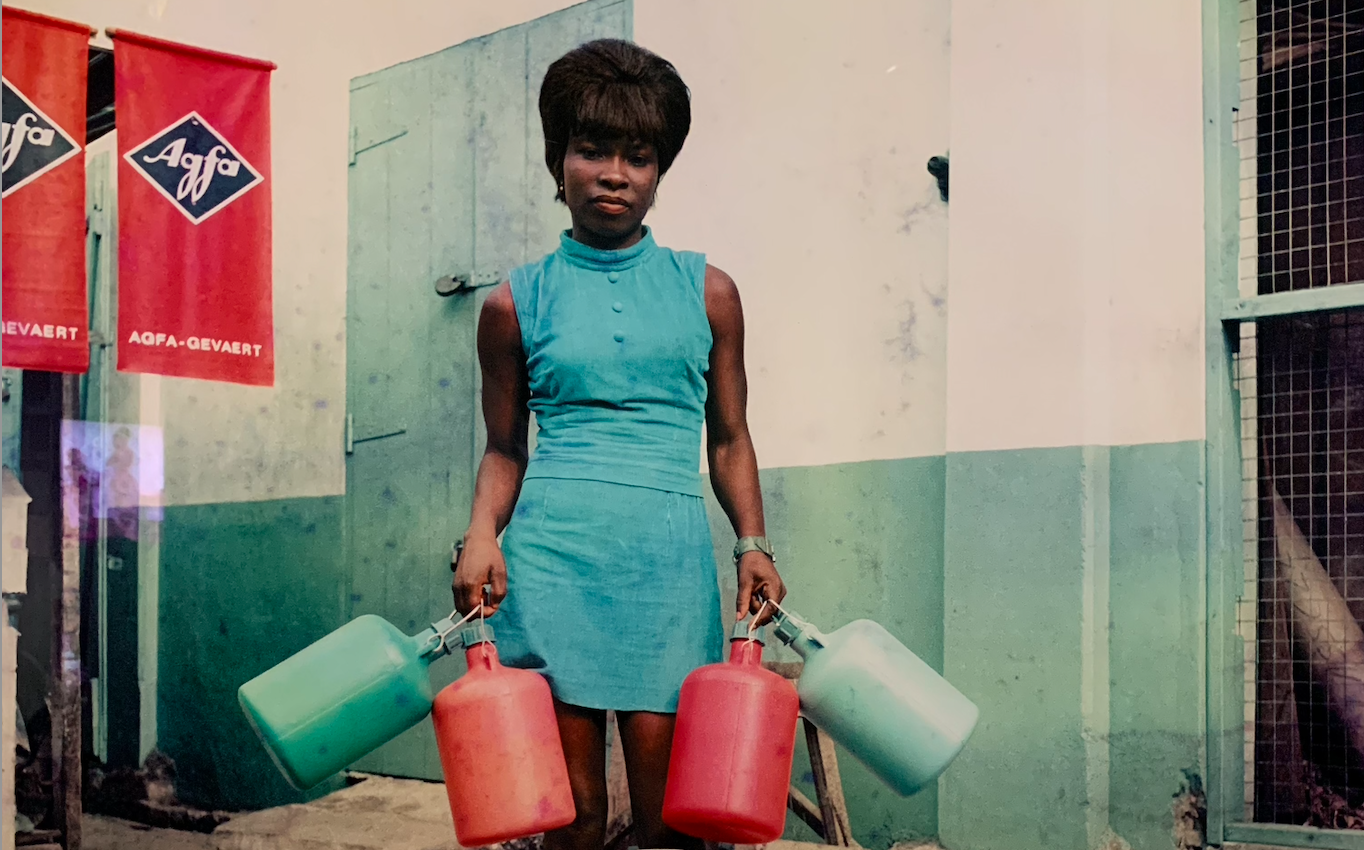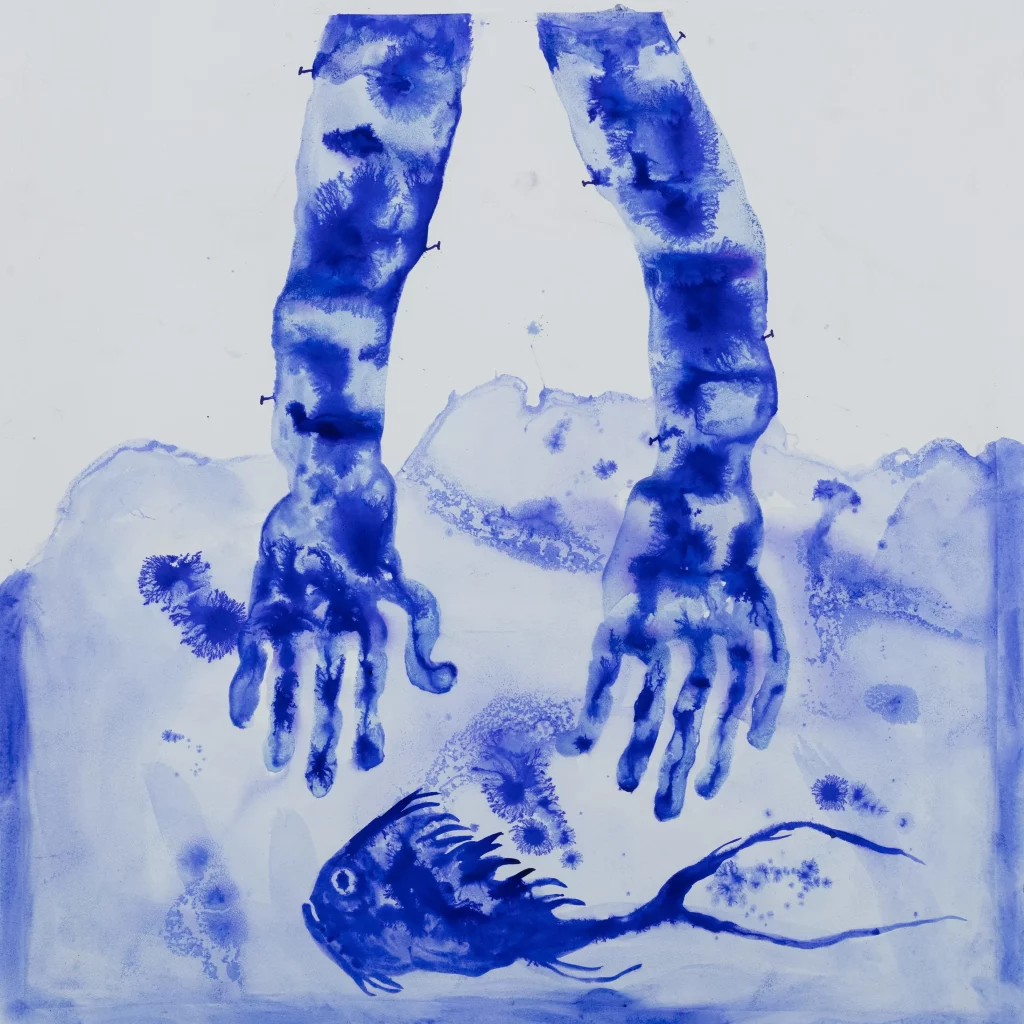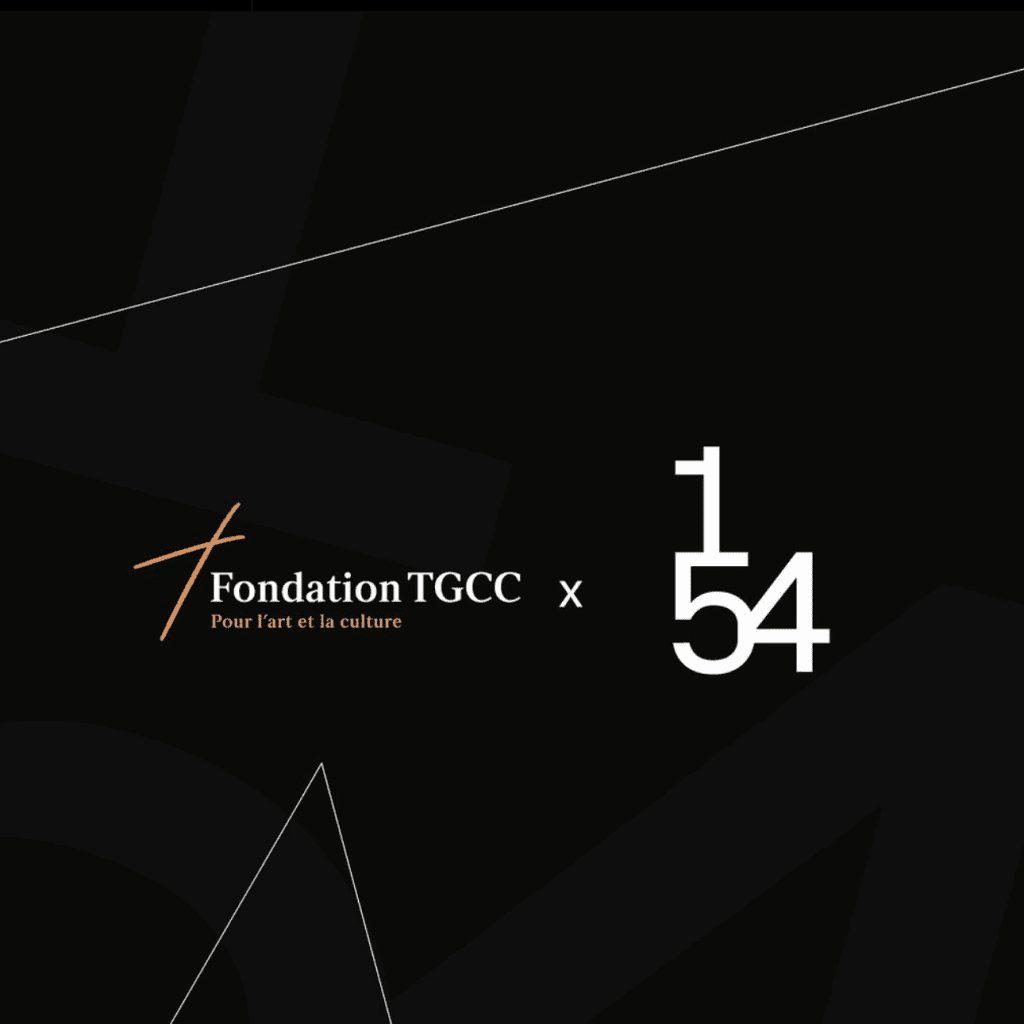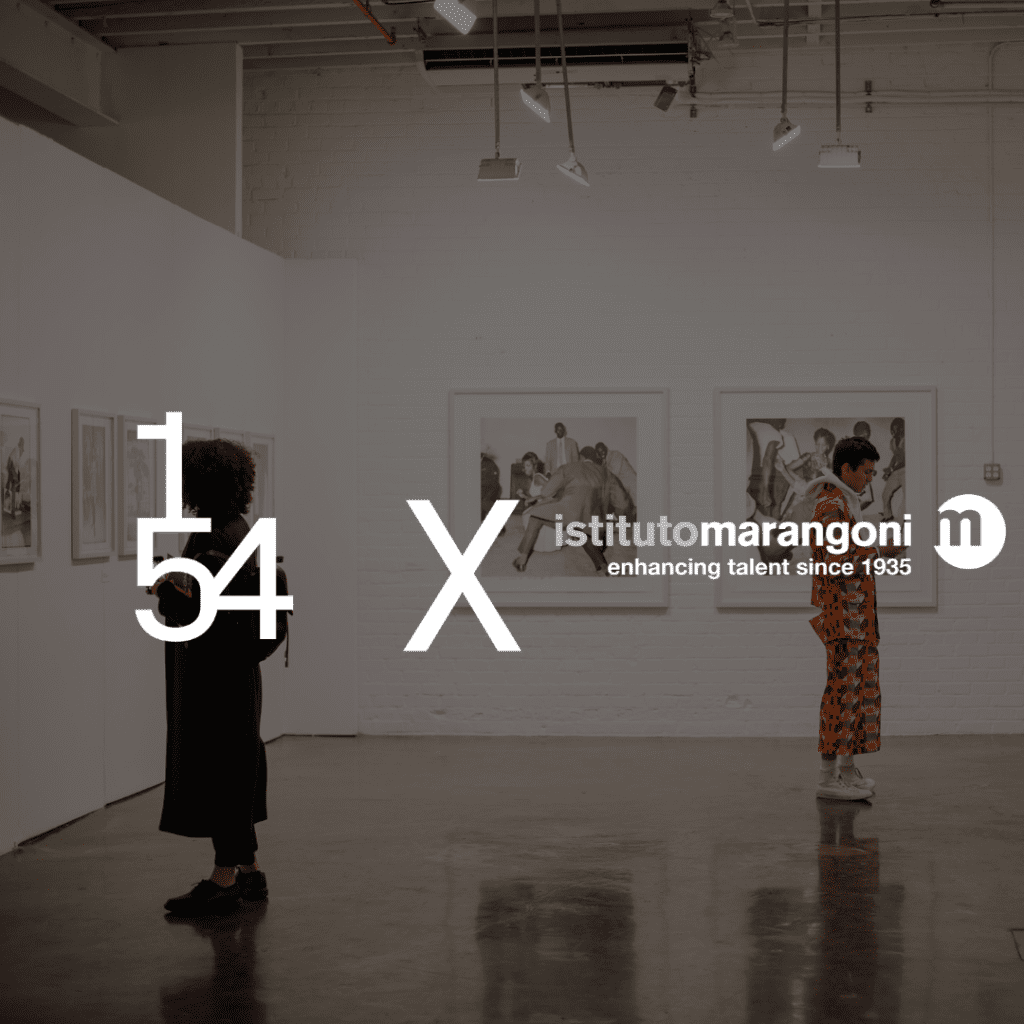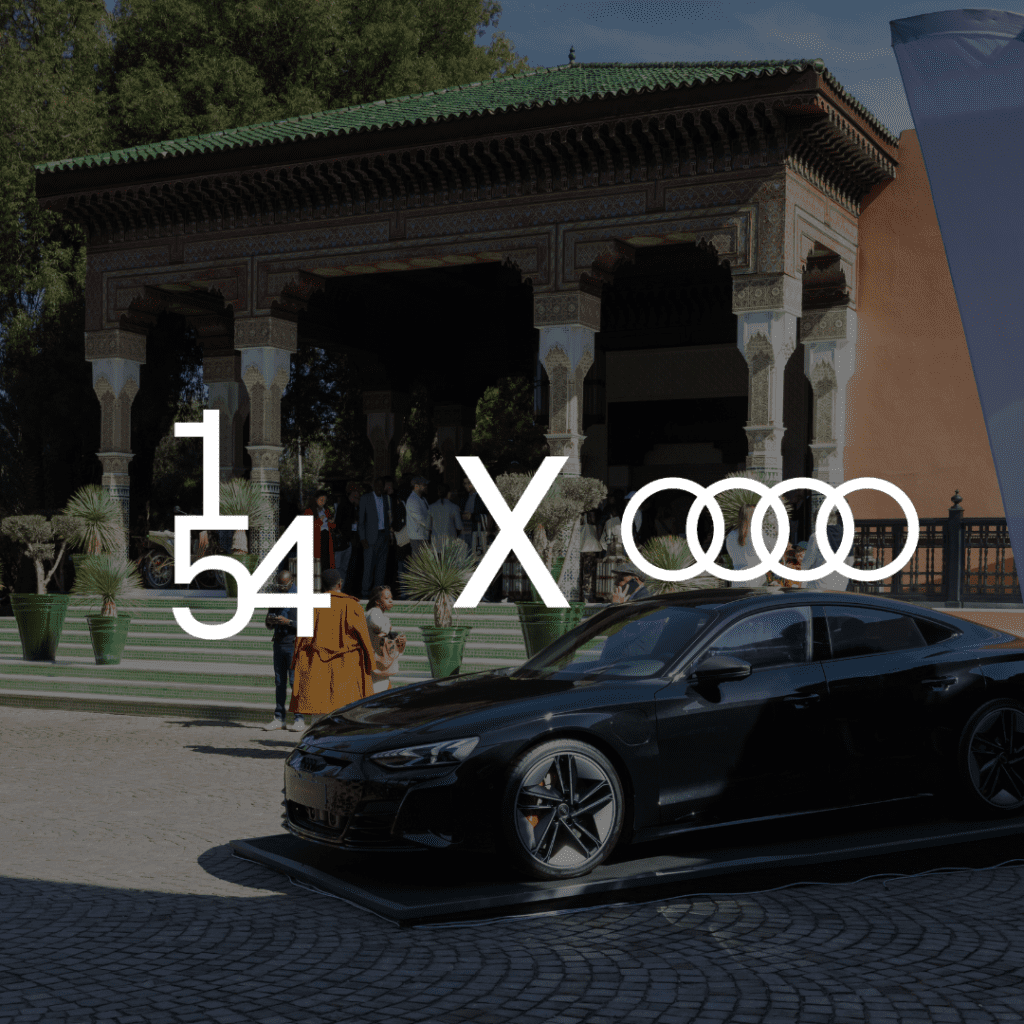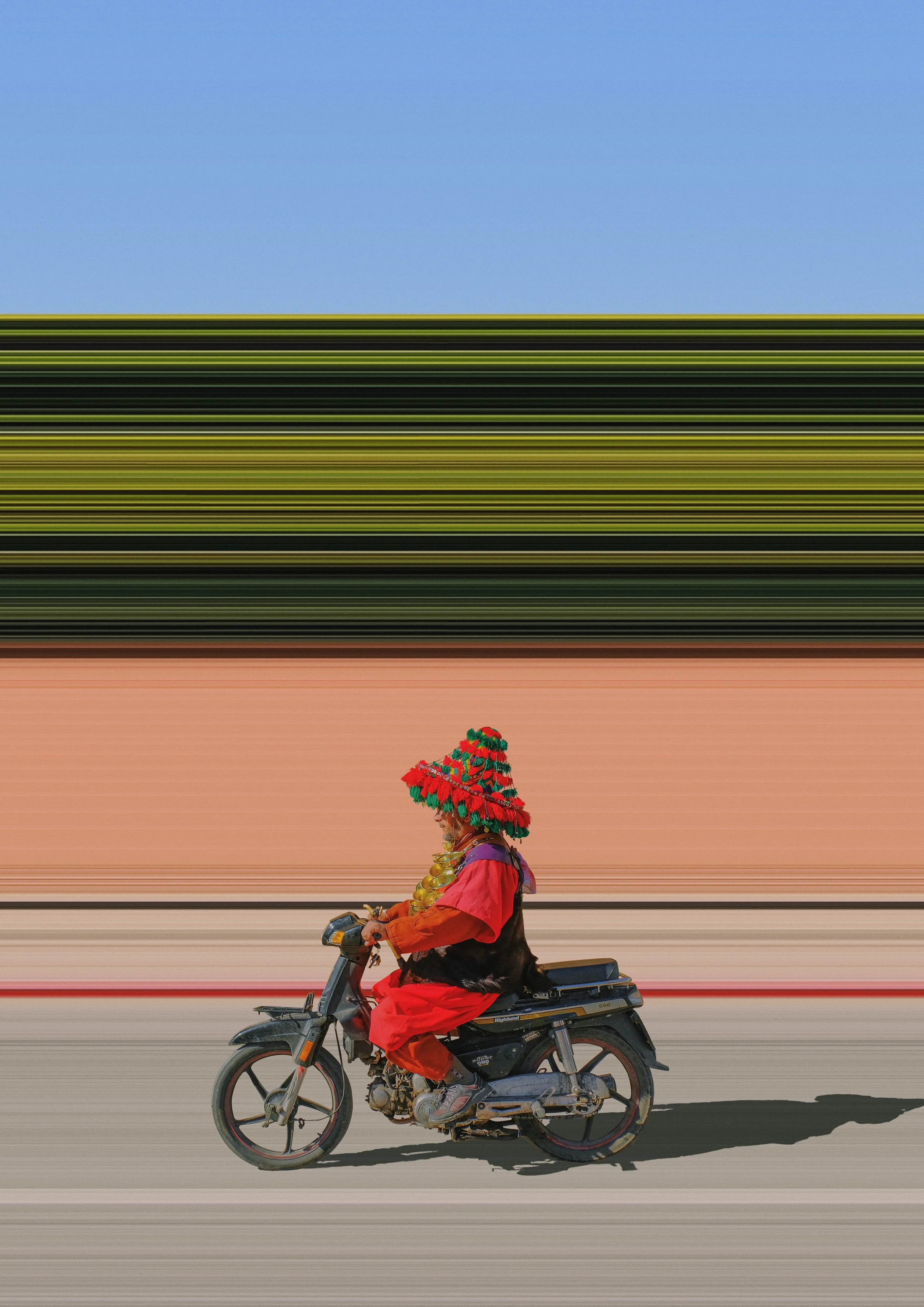“When I was at art school one of my tutors said to me ‘you’re only as good as your last collection’. There is an element of truth in that, so continually strive to finesse your practice. And remember, to cite Kofi Ansah, ‘West is not always best. Inspiration is all around you’.
Your practice and work are made of different layers. You investigate the relationship between cloth, culture and race while finding a synthesis in the broader field of fashion design. What do you wish to convey with the “Africa Fashion” exhibition at the V&A?
Africa Fashion aims to tell a story of agency, abundance and unbounded creativity from multiple and varied African perspectives. Fashion is seen as a catalyst with which to share the myriad histories and cultures found across the continent. To that end fashion is also seen as a self-defining artform that reminds and teaches us who we are.
The project takes this centring of Africa as its guiding principle, allowing us to give our audiences a glimpse of the glamour and the politics of a fashion scene that is as diverse as the continent itself.
Why did you decide to concentrate on the mid-20th century period?
The mid-20th century African independence and the liberation years sparked a radical political and social reordering throughout the continent and a groundswell of creativity that resulted in a cultural renaissance. To some the 1966 First Festival of Black Arts held in Dakar, Senegal was the high-point of this period from the point of view of art and culture. The exhibition explores the place of fashion within this context. It was a period of visible pride in being African and in being Black. This sentiment, this sense of agency and aspiration, modernity and cosmopolitanism spread across Africa and its global diaspora. The zest for life that was present during this era and that we see, for example, in Sanle Sory’s sitters is echoed in the work of today’s fashion creatives.
How would you define or describe African fashion culture?
African fashions are undefinable. This point is made loudly and clearly in the works that are on display throughout from the introductory section that highlights the work of couturier Imane Ayissi, whose practice sits at the crossroads between continents and corresponding fashion cultures, to the historical and the contemporary cutting edge floors. In the Cutting Edge section on the mezzanine floor, the ensembles are arranged broadly by aesthetic type – Minimalist adjacent to Mixologist, Artisanal next to Afrotopia’s narrative fashions for example.
What connects the creatives in Africa Fashion – the designers, stylists, photographers and filmmakers – is a level of creativity and self-determination coupled with an understanding of fashion’s potential to ‘speak’ and to affect change.
In a TED talk you did years ago, you spoke about fashion as a form of “everyday activism”; what do you mean by that?
Fashion, or perhaps more accurately self-fashioning, can be a means with which to push against societies’ invisible borders rooted in hierarchies of value that are often founded on negative readings of racial, gendered or cultural differences. We see this idea played out in the work of photographers such as Stephen Tayo, artists/stylists like Gouled Ahmed, and designers like Nao Serati, Sindiso Khumalo and Adebayo Oke-Lawal for Orange Culture.
“What connects the creatives in Africa Fashion – the designers, stylists, photographers and filmmakers – is a level of creativity and self-determination coupled with an understanding of fashion’s potential to ‘speak’ and to affect change.”
Can you speak about the symbiotic relationship between fashion photography as an art form and fashion as a mode of visual expression?
Photography and film feature alongside ensembles and adornments in Africa Fashion since the exhibition is as much about self-representation as it is about self-fashioning as a mode of visual expression.
There is a close relationship between fashion photography and the kinds of narrative fashions that are featured in Africa Fashion. Both can be tools of storytelling, commentary and exploration at a communal and personal level. Both can be a way of thinking at a conceptual level beyond oneself. ‘Can’ is the operative word here.
I think that it is always important to remember that some designers simply want to make beautiful clothes. Some photographers want to compose compelling images with a particular aesthetic quality. Sometimes the search for hidden meanings can actually take us away from the work itself.
What would you advise young fashion African designers that want to enter this industry?
It is a tough industry. Not everyone who wants to design will have the opportunity to create their own collections. Many designers will inevitably work for brands other than their own. Seek out brands that are design driven, where creativity is valued. When I was at art school one of my tutors said to me ‘you’re only as good as your last collection’. There is an element of truth in that, so continually strive to finesse your practice. And remember, to cite Kofi Ansah, ‘West is not always best. Inspiration is all around you’.
